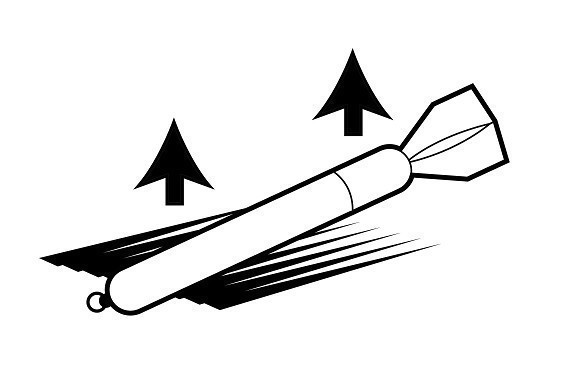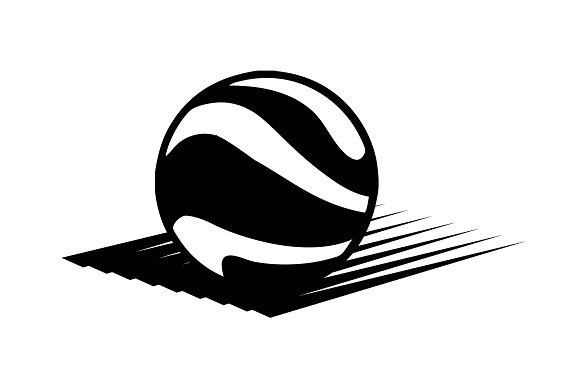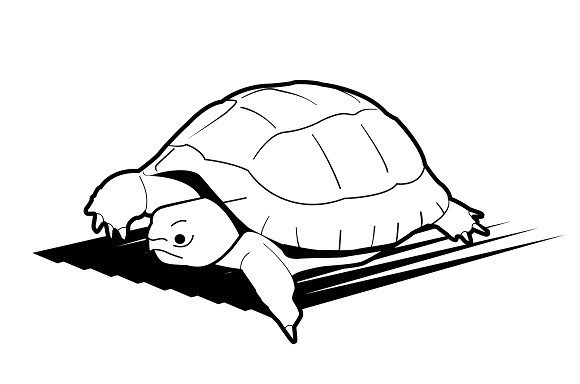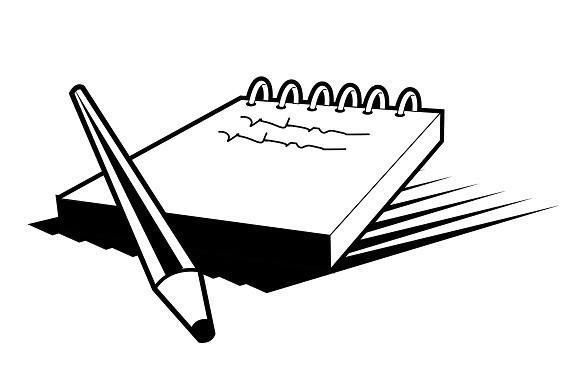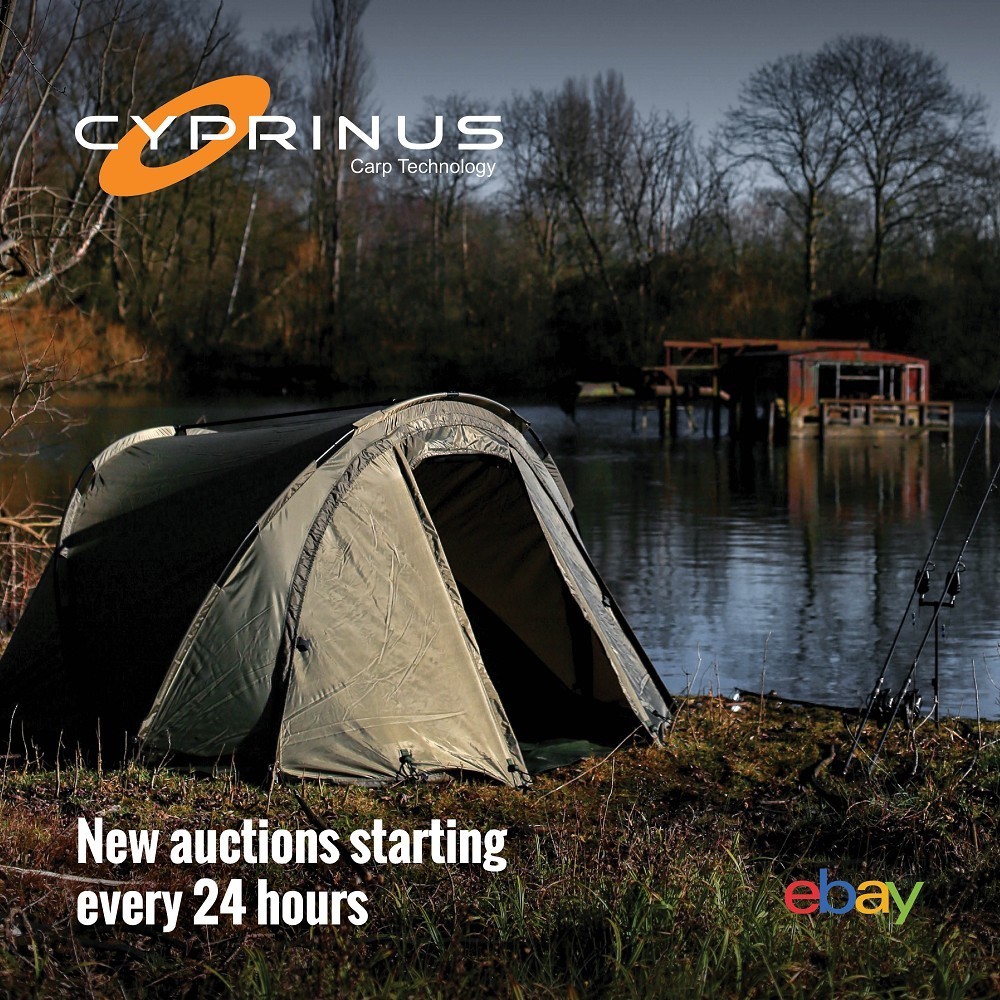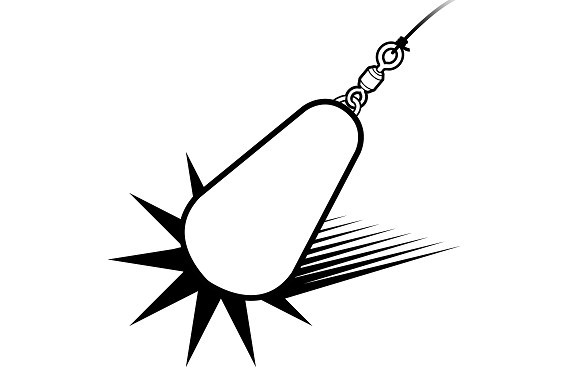
10 simple ways to improve your feature finding
Achievable goals – adding one percentage at a time – are a far more successful way of improving your angling than setting yourself massive, scary targets.
“Don’t be a slave to your marker rod. If carp are showing in an area then cast a baited rig to them and learn how to ‘read the drop’ to get an idea of what you’re fishing over. Don’t thrash the water to a foam trying to find a feature.” Martin Locke
“Adding a fluorocarbon shockleader to the end of a braided main line will cut frustrating marker float tangles right out. Plus, it is less visible in the water if you leave the marker in place for a while.” Shaun Harrison
“Venues where a large undertow is running can make your peg seem deeper than it is. Rather than count the float as it comes up, here, it’s best to pop the float up first and then count it down until you feel it hit the lead.” Ian Poole
“Feature finding: something I used to be obsessed with and would often spend hours thrashing the water to a foam with a marker rod. I fish totally differently now and I’m much, much more of a mobile angler.” Iain Macmillan
“Print out a Google Earth map of the lake you’re fishing and make notes on it of where you find features and their distance and direction from your swim. This will be an invaluable piece of information on future trips.” Myles Gascoyne
“If you get the chance to do this without spooking the fish, fine, but most of my feature finding is done on non-fishing trips. Tackle for the job is a marker rod with a big pit reel loaded with a good 30lb braided line.” Ian Russell
“Take your time! More features are missed by anglers pulling back on their marker rod too quickly than any other reason. Slow is best, that way you feel so much more and the lead and marker float don’t ‘skip’ along the bottom.” Rob Hughes
“Rather than sweeping your rod to the side when using a marker, point your rod straight towards the lead, then hold the line between your fingers and walk backwards. You will feel so much more.” Harry Charrington
“Write down skyline markers like pylons etc. and log distances of features accurately. Counting handle turns and using visual features helps no end. When walking into a swim full of fish knowing where to put your baits is a major edge.” Tim Childs
“If you’re plumbing your swim with a marker set-up, make sure you take your time and cover the whole swim. Don’t just chuck the float around a couple of times and settle for the first feature on the bottom you come across.” Jon Jones





